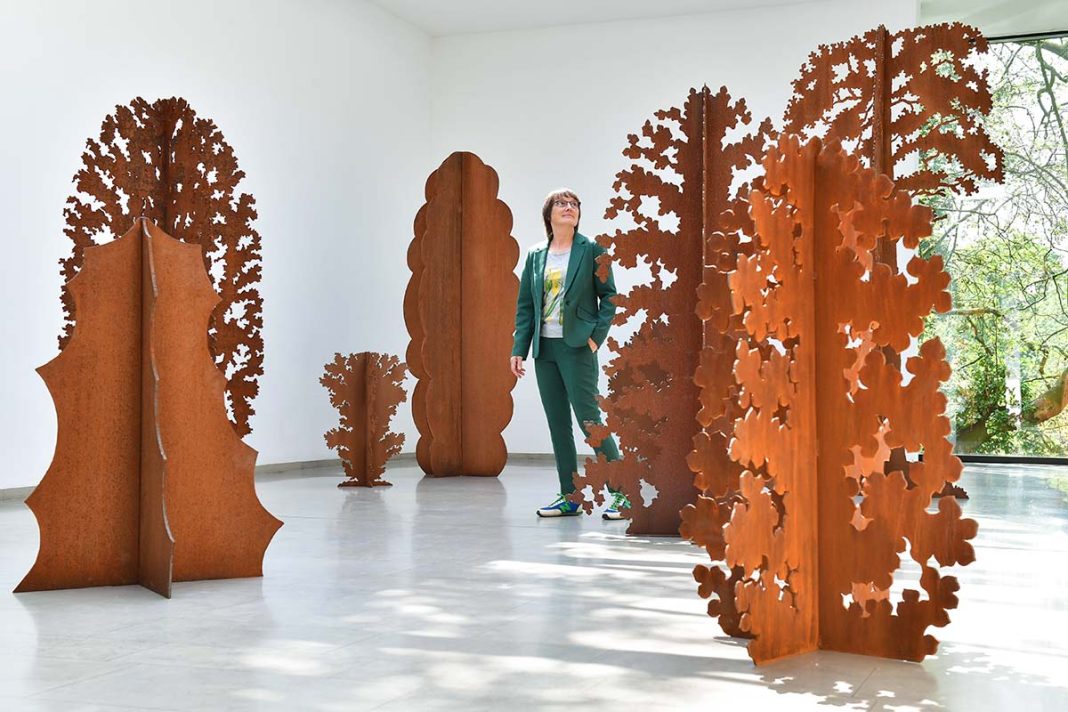Andrea Geile’s garden exhibition, hosted in The Scottish Gallery in Edinburgh’s New Town, features abstract steel sculptures inspired by nature
What do you get when you cross artistic expression with green spaces? Sanctuary, of course.
If inspiration is what you seek, you’ll find plenty of it at the Scottish Gallery.
This gallery was established in the 19th century and sits proudly in the centre of Edinburgh, displaying work by an impressive collection of artists.
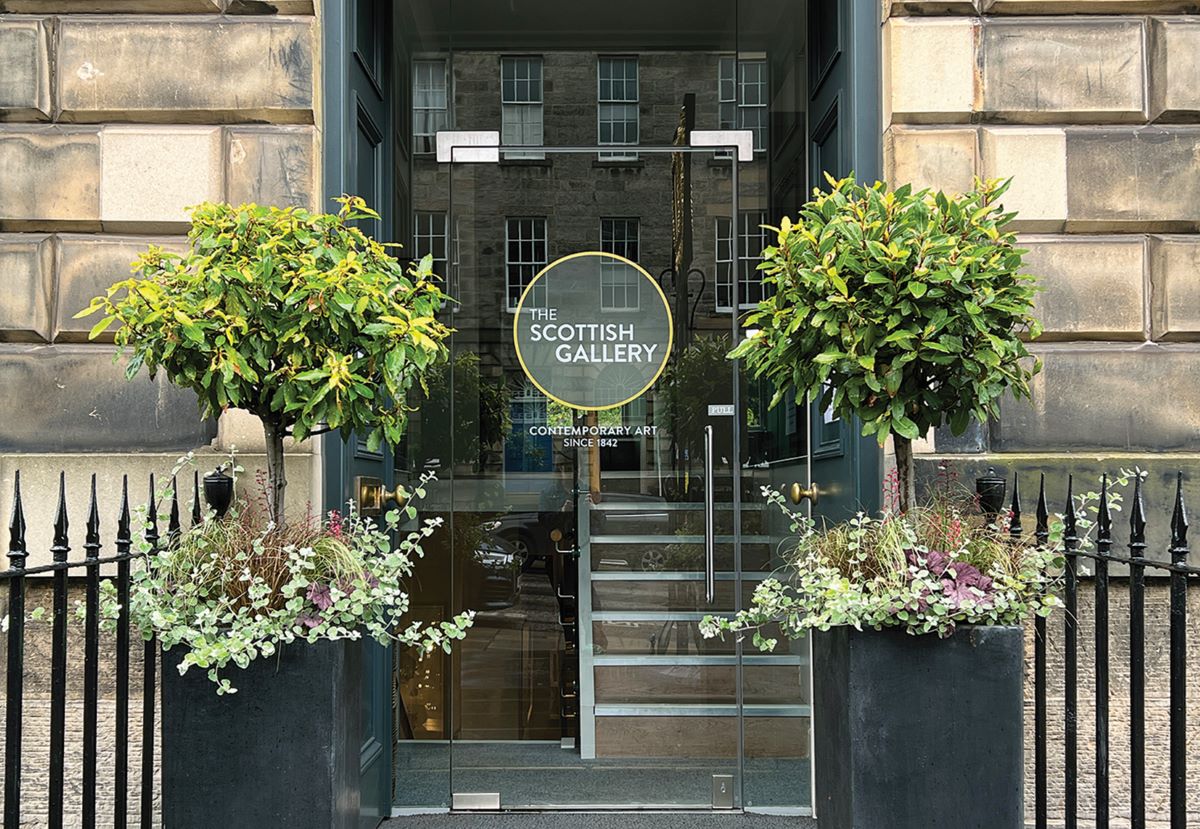
As you’d expect from a creative venue, here genres are eagerly blurred and binaries broken; it’s because of this that the garden is such a beauty in its own right.
Sculptor Andrea Geile’s work (part of the current exhibition, Amongst the Trees) spills out and joins some of her pieces in the gallery’s green spaces.
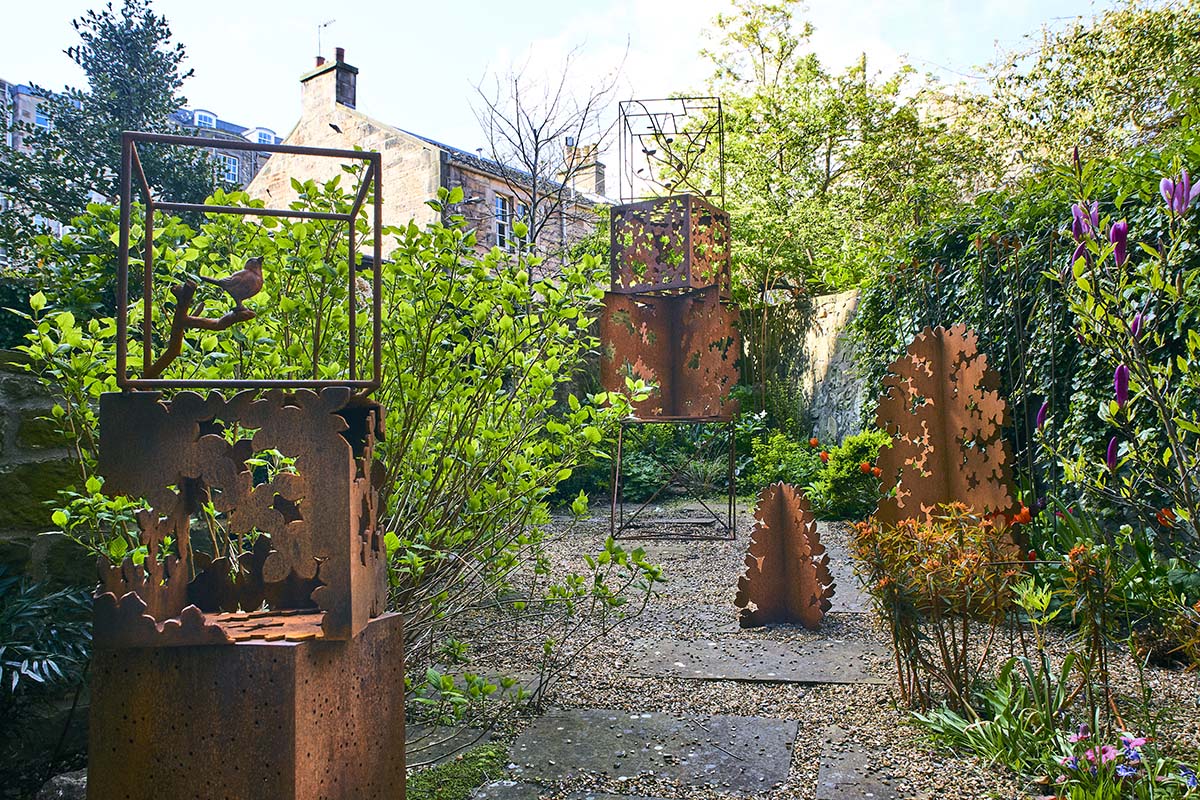
“I call myself a landscape artist, although I don’t paint,” laughs Andrea. “I’ve always had a fascination with metal sculpture, and really enjoy exhibiting outside.”
As a student in Germany, she was inspired by the landscape, and moving to Scotland gave her a wealth of new influences.
The sculptures, created in response to the Caledonian forest and the wildness she encountered exploring the Scottish hills, are made from Corten steel.
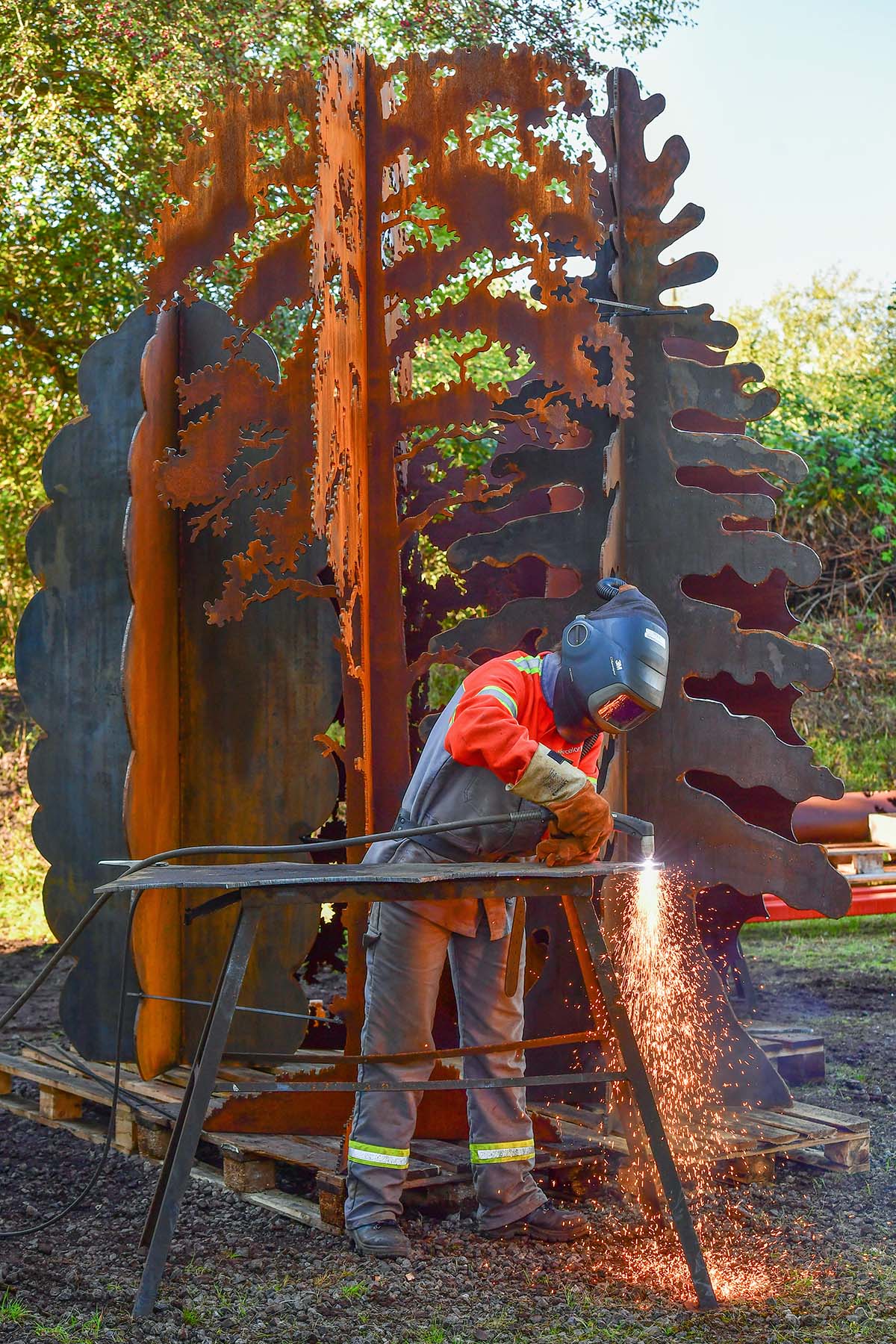
“I use it because it doesn’t deteriorate. It produces this beautiful, orange-coloured surface – basically a rusty surface – but a microfilm protects the steel underneath.”
Gallery artist and horticulturist Alex Knubley curates the front and back gardens in which Andrea’s sculptures sit. “It’s a sanctuary for me,” she says. “A small, perfectly proportioned secret oasis in the heart of the city. I’ve been working with these spaces for several years now, aiming to create year-round interest with a focus on colour and scent.”
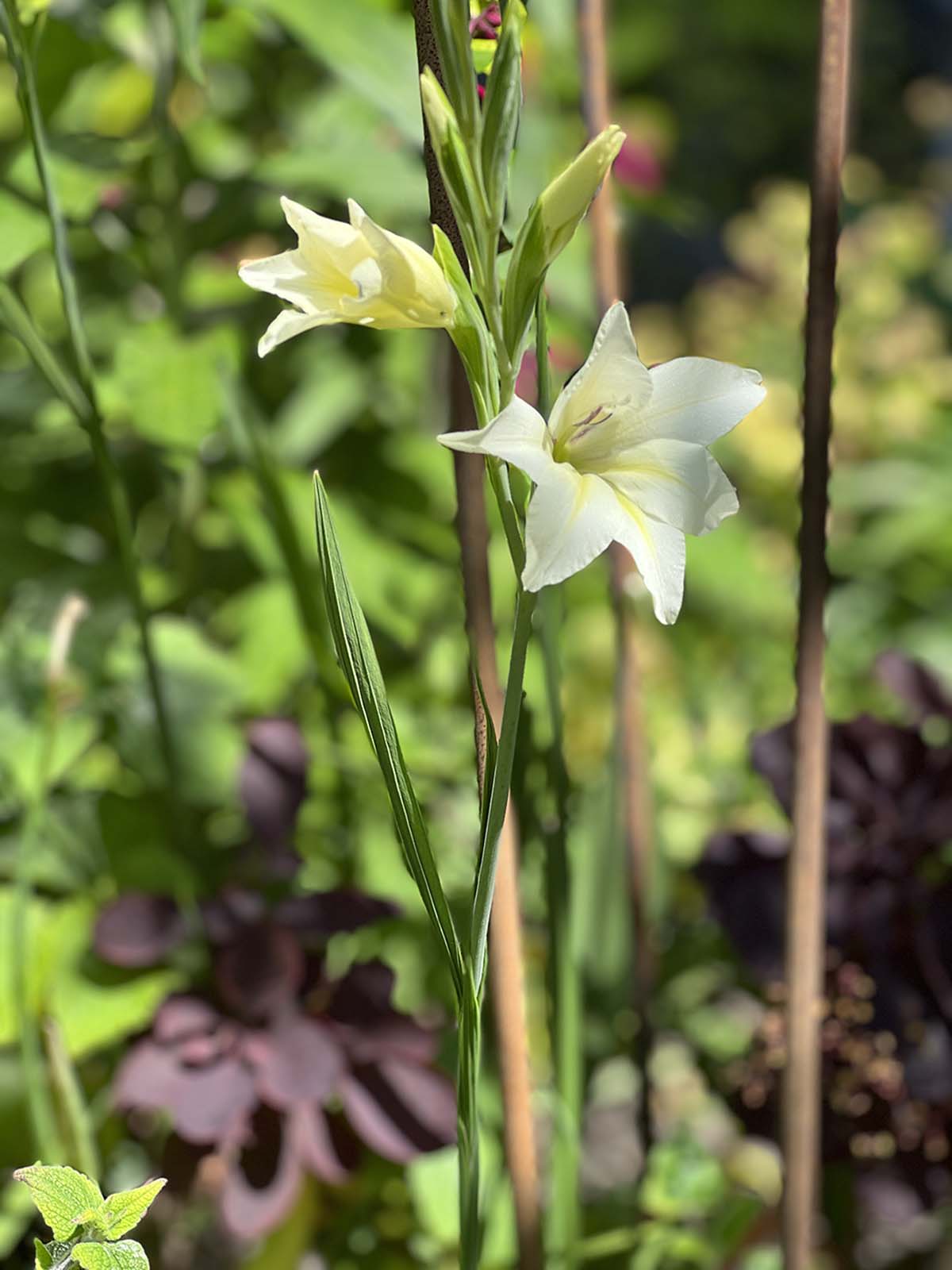
Hellebores and snowdrops melt into euphorbia and tulips in the spring. “We even have a tulip called ‘artist’,” reveals Alex. “The petals are splashed with colour and what looks like brush marks.”
A dominating goat willow has been replaced with aromatic trees like the katsura (Cercidiphyllum): “It randomly sends out whiffs of burnt sugar and is deservedly nicknamed the candyfloss tree.”
Corten steel planters have been used in homage to Andrea’s sculptures which pepper the space.
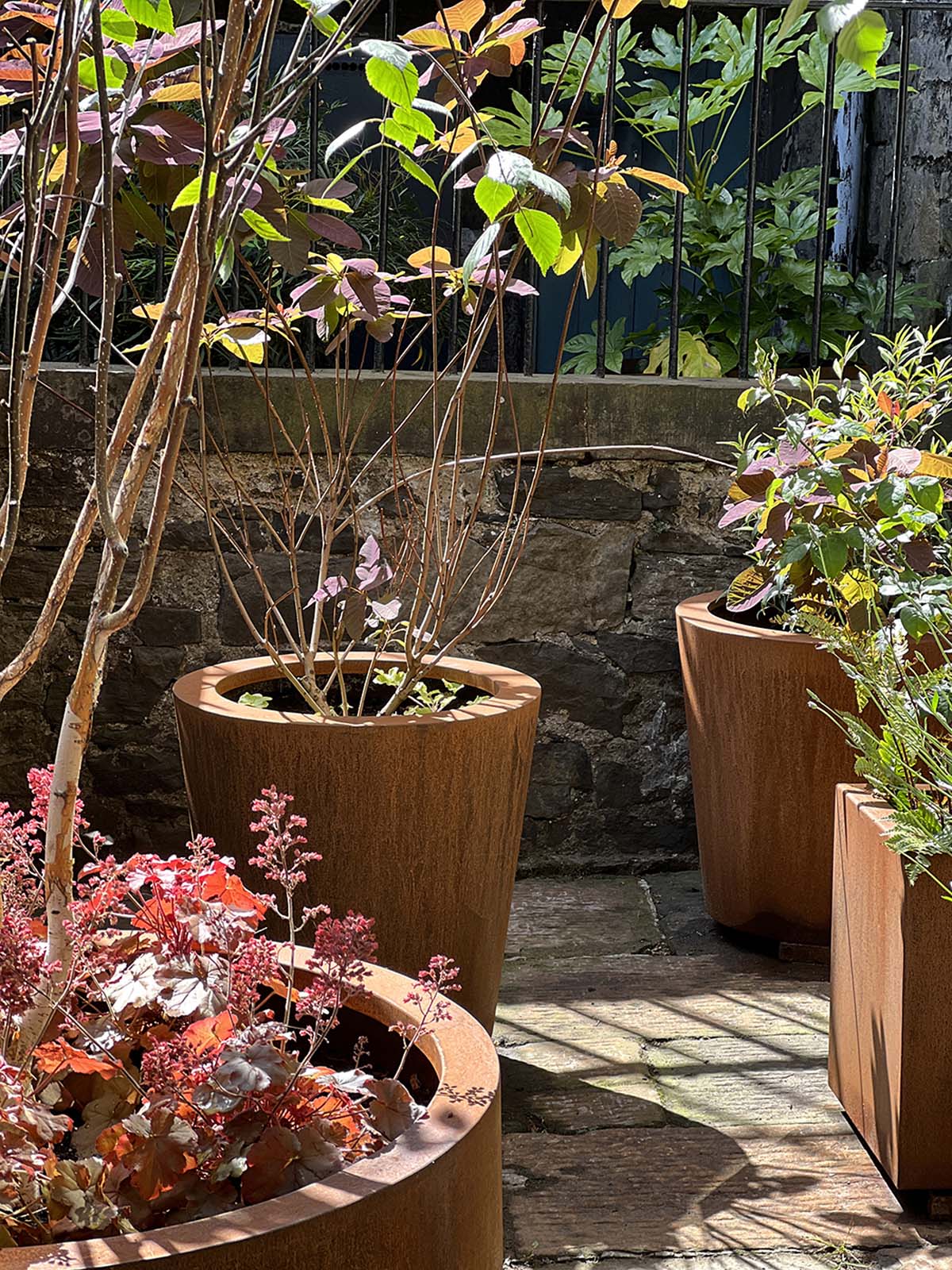
“For me, it’s the perfect gallery to work with,” says Andrea. “I’ve known the garden for a long time, but I’m still exploring it and finding little nooks and crannies where I can add new art. I’ve been speaking a lot with Alex and she often purposefully plants things that work well with my pieces. We really like each other’s work so it’s easy for the garden to be a collaborative space.

“I hope this garden gives people ideas for what they can achieve in an urban setting. You can incorporate great planting for wildlife and still include very big sculptures in a small garden. It’s just about working with your space, not against it.”

“Every year we discuss and add to the garden,” agrees Alex. “It’s a space that magically always has room for just one more plant!”
Read more enchanting garden case studies in our summer issue – out now! Find out how you can get your hands on a copy here.
Learn more about the Scottish art scene in our feature about Emily Powell, a painter who uses bright colours and impressionist influences to capture the true spirit of Scotland.
Emily Powell’s new art show explores the true spirit of the Hebrides


